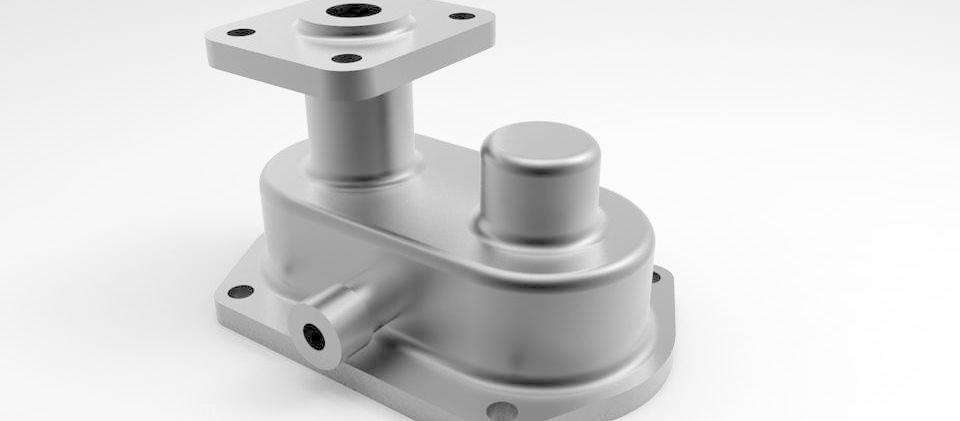Effect of Melting Method on Fluorescent Display Defects of Superalloy Investment Castings.
It takes a long time to repair fluorescent defects of superalloy precision castings, which is one of the main reasons affecting the quality and duration of castings. The precision casting of K536 superalloy was formed by cold crucible vacuum suspension melting equipment and vacuum induction melting casting equipment. The results of chemical composition, X-ray and fluorescent penetrant inspection on the castings show that the castings with cold crucible vacuum suspension melting process have no fluorescent display defects, while the castings with vacuum induction melting process have dense fluorescent display defects. It is proved that the use of cold crucible vacuum suspension melting process can reduce the fluorescent display defects of superalloy precision castings and reduce the post processing workload of castings.
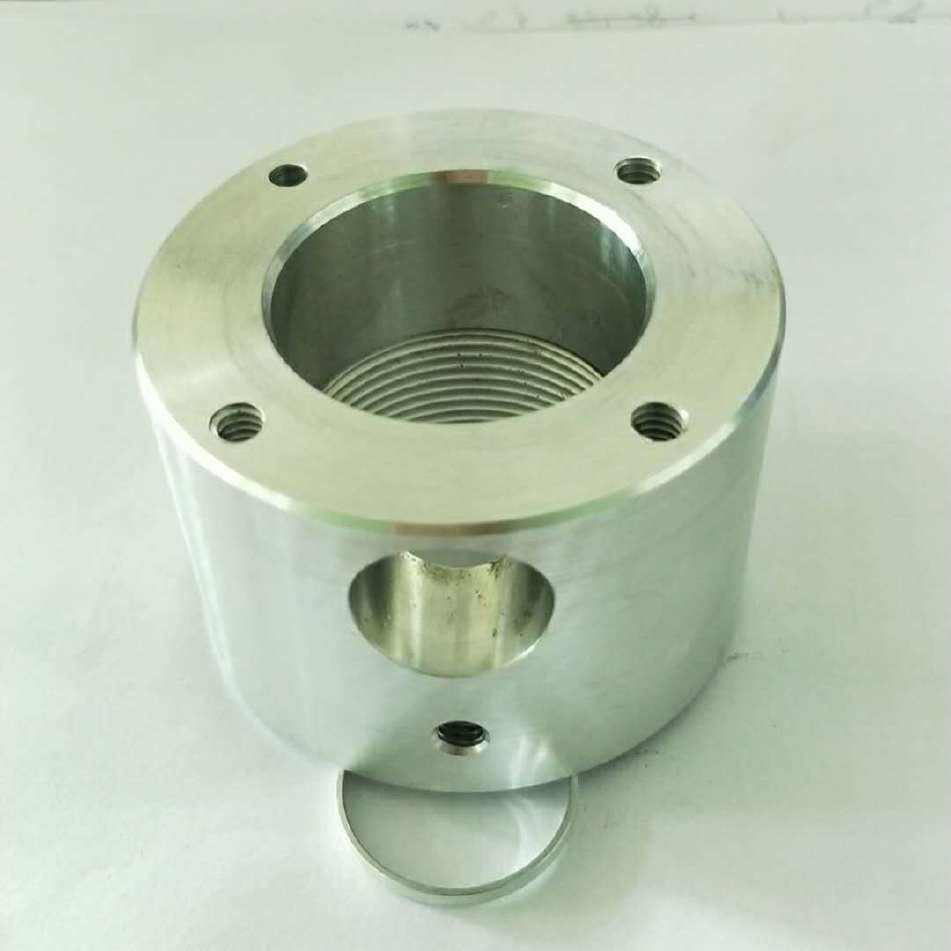
In the production process of superalloy precision castings, the control of fluorescent display defects is the key to ensure the product qualification rate and the delivery cycle. If the fluorescent display defects are out of control, the labor and material consumption in the production process will be multiplied. The main causes of fluorescent defects in superalloy investment castings are surface shrinkage porosity and surface inclusions.
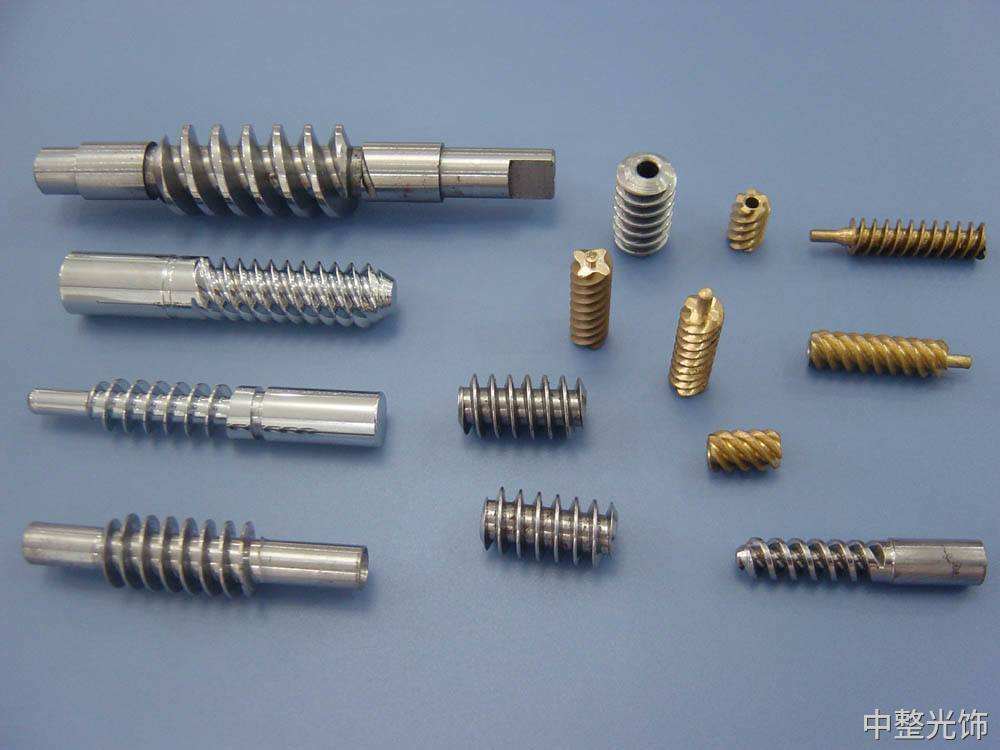
The surface shrinkage porosity of castings is related to the process design of castings and the selection of pouring process parameters; The inclusions on the casting surface are mainly affected by the quality of the parent alloy, the foreign inclusions in the shell making process and the remelting and pouring process.
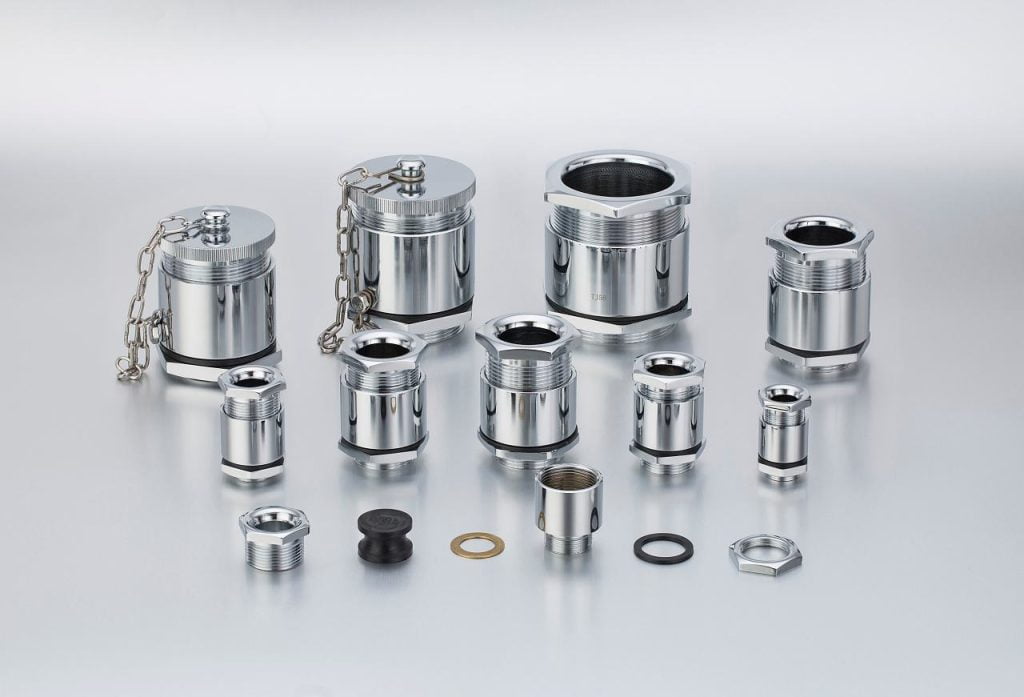
In the process of superalloy investment casting, vacuum induction casting equipment is widely used to form castings. In the production process, the mother alloy ingot is used, remelted in the forming crucible and then poured into the preheated shell to obtain the casting. Under the condition that the quality of master alloy and shell is qualified and the operation process is standardized, the quality of crucible determines the degree of fluorescent display defects of products. The quality of forming crucible for vacuum induction melting of superalloys in China fluctuates.
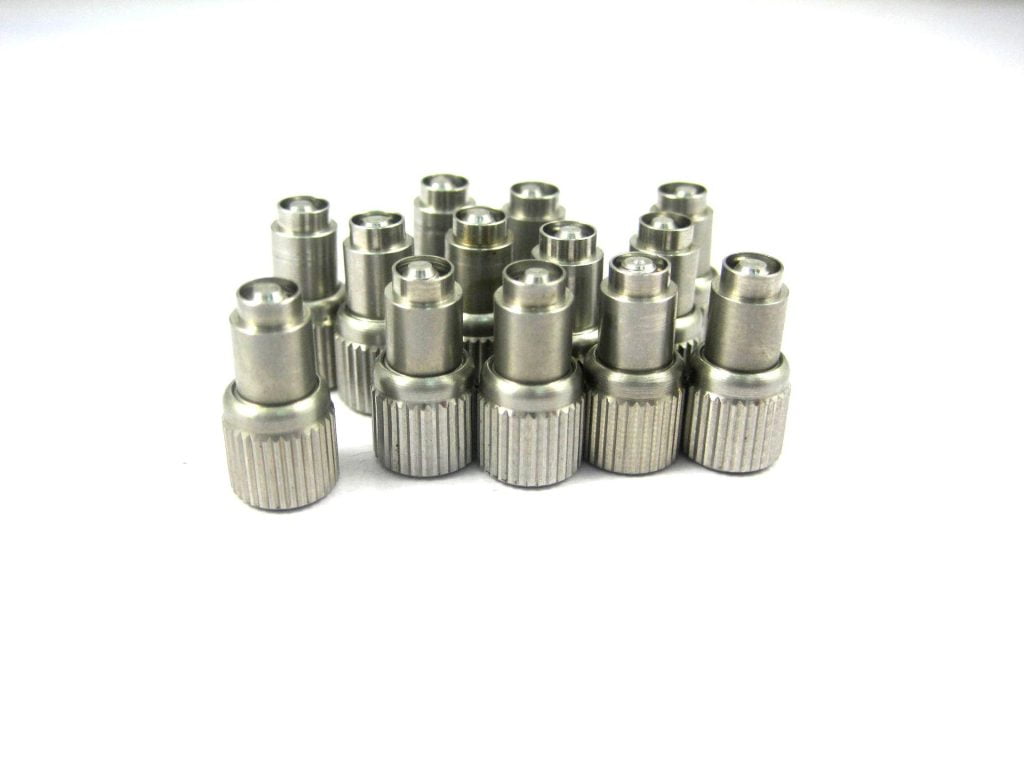
For castings requiring strict fluorescent penetrant inspection, such as aeroengine turbine blade castings, most of them use imported crucibles, or even imported one-off crucibles, to ensure the stability of product quality. However, imported crucibles are expensive and have a long ordering cycle, which can easily be restricted by foreign countries under the current international situation.
In addition, the repeatedly used forming crucible shall be tamped and fixed in the tooling with sand and powder during use. After use, the tamped sand and powder shall be removed and put into a new crucible for tamping again. The process takes a long time, has high labor intensity, poor working conditions, and discharges a lot of solid waste.
Cold crucible vacuum suspension smelting is mainly used for smelting intermetallic compounds, high-purity sputtering targets, refractory metals and alloys, oxide ceramics and gemstones, radioactive materials, polycrystalline silicon and other materials.In the 1980s, it was proposed to use cold crucible vacuum suspension melting to melt titanium alloy castings. In 2011, the University of Birmingham, UK, used the cold crucible floating smelting process and investment casting shell to melt and cast titanium aluminum alloy blades.
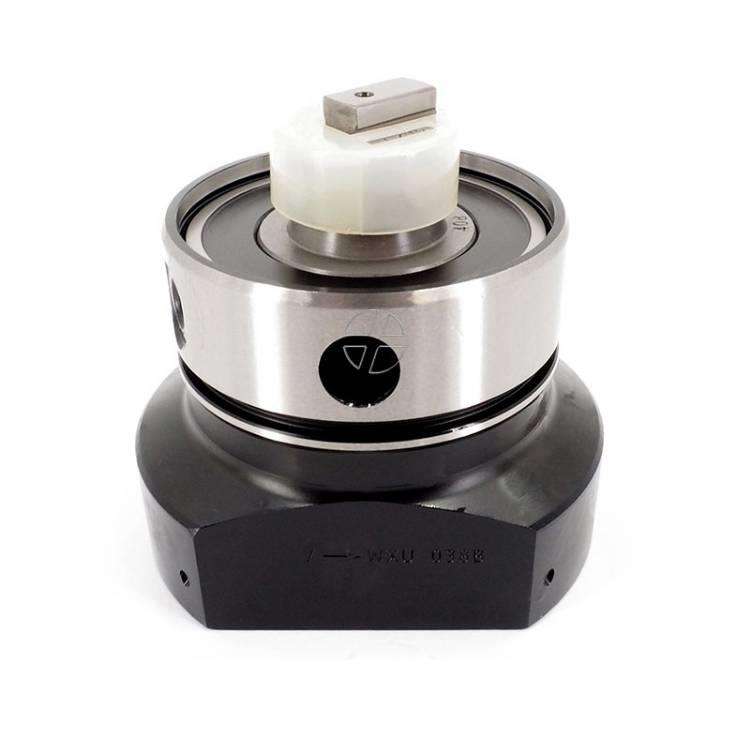
It has been possible to melt and cast castings using the cold crucible suspension melting process. However, the use of this process is still limited to the melting of refractory metals and active metals, and other advantages of this process have not been fully developed.
For example, the impact of crucible on casting quality can be avoided by not using a refractory crucible, and the qualification rate of fluorescent penetrant inspection of castings can be improved.
The crucible does not need to be replaced when melting castings of different materials, which can improve the melting and casting efficiency of castings.No solid waste is discharged during the process; The smelting process is characterized by low labor intensity, high smelting efficiency and easy realization of intelligence. The existing vacuum suspension melting equipment of Shenyang Casting Research Institute Co.
Ltd. can melt and pour 25kg superalloy at one time, meeting the melting requirements of most superalloy precision castings. In this study, the same superalloy precision castings were melted and cast by using the cold crucible vacuum suspension melting furnace and vacuum induction melting furnace, using the same batch of master alloy and mold shell. The fluorescent penetrant inspection results of the castings cast by the two processes were emphatically compared.

